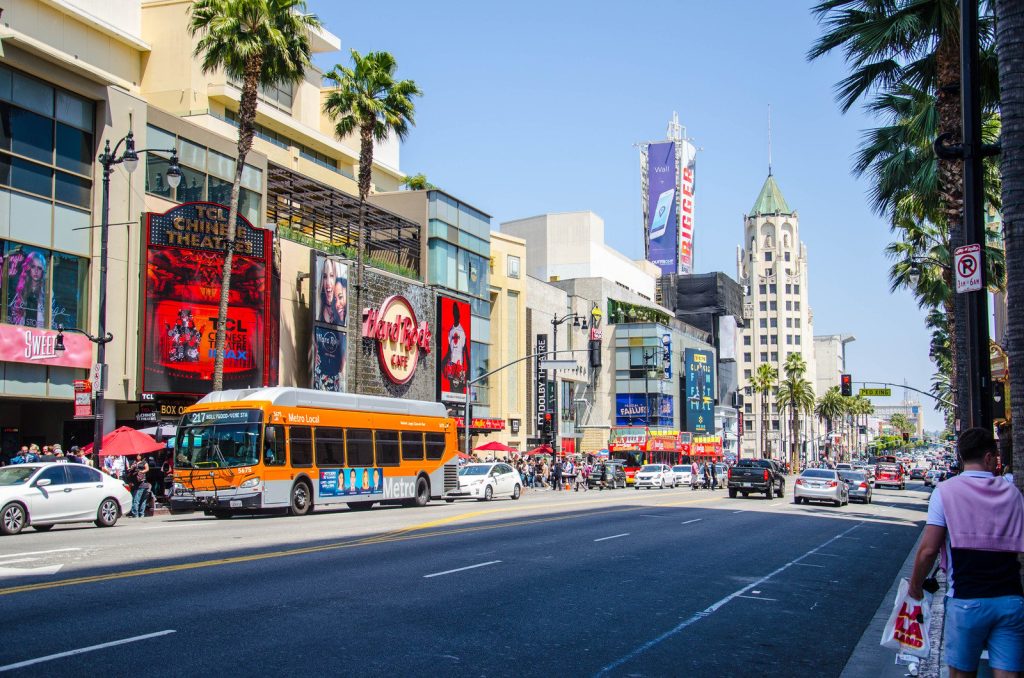
Demand for travel and hospitality is returning, and bookings for the upcoming summer season continue to look positive despite the operating environment continuing to be uncertain. However, this unpredictable environment has led to new trends and consumer attitudes that are impacting the industry’s recovery. Businesses must create strategies that take advantage of the opportunities, while also building resilience against potential disruptors, increased competition, and further unforeseen events in this landscape.
There are several new trends that businesses need to be aware of, and understand how they may evolve, in order to successfully recover and compete.
The places and spaces where people traditionally used to meet and stay are changing, and with the lines between business and leisure travel blurring, the purpose of travelling to city centres is shifting. As acceptance of hybrid working grows and the size of corporate offices shrink, businesses are recognising a growing need to foster engagement and internal relationships. As a result, brands are slowly beginning to create multipurpose spaces to combine retail, meeting/workspaces, hotels and offices to truly address the needs of people coming together. This will inevitably change the way towns and cities are planned.
2.
2.Luxury versus economy accommodation
City centres have been disproportionately impacted by the barriers to international travel caused by the pandemic, especially the luxury and upscale hotels located in these areas. According to data from CBRE, approximately 3.8 per cent of luxury hotel properties in the US were closed at the end of Q3 2021, compared to a closure rate across all hotels of just 2.5 per cent. This upper end of the sector has taken longer to recover.
On the other hand, economy and limited service, midscale properties have recovered faster, in part due to the demand from blue-collar workers making essential travel, whilst other travellers took time to re-build confidence. Of course, the low cost, low risk element of a booking also comes into the equation here.
3.Competitive environment
The competitive landscape is shifting due to changing buying behaviour and demands. On top of this, rising digitalisation – accelerated by the pandemic – is intensifying competition by increasing and simplifying consumer choice. The implications are profound for companies. There is an urgent need to differentiate to appeal to consumers, and to develop strategies to build market leadership while also mitigating disruption from digital natives who are uncoupling supply.
Businesses need to be part of a strong brand, or they will lose visibility. More independent hotels will begin to operate under brands, and new hotels are more likely to be built under pre-established brand houses as they offer a safer guarantee of return for investors.
Now exposed to more choices across the rest of the retail and commerce environment, consumers don’t want pre-bundled and fixed packages, but greater flexibility and control over options and choices. It is important to today’s consumers to be able to get exactly what they want and pay for what they value. Businesses can recover stronger by providing more options to better meet the specific needs of individual consumers. Industry norms of offering rooms defined by bed type alone, are no longer enough.
6.Impact of suppressed occupancy
With fewer standalone corporate head offices in response to widespread hybrid working, demand for shared facilities and hospitality is increasing and brings positive pressures to the industry. The overall suppressed occupancy trend across the industry means that businesses need to find different models for making money more profitably. This includes maximising revenue per stay at every opportunity. For many businesses, this means supplying a broader range of products and services to customers and selling more of this before and during travel and stays.
Brands must either have scale or penetration and be either be a big player or achieve deep penetration in their core market. Those in the middle ground, or who have neither, risk being bought, consolidated or disappearing.








